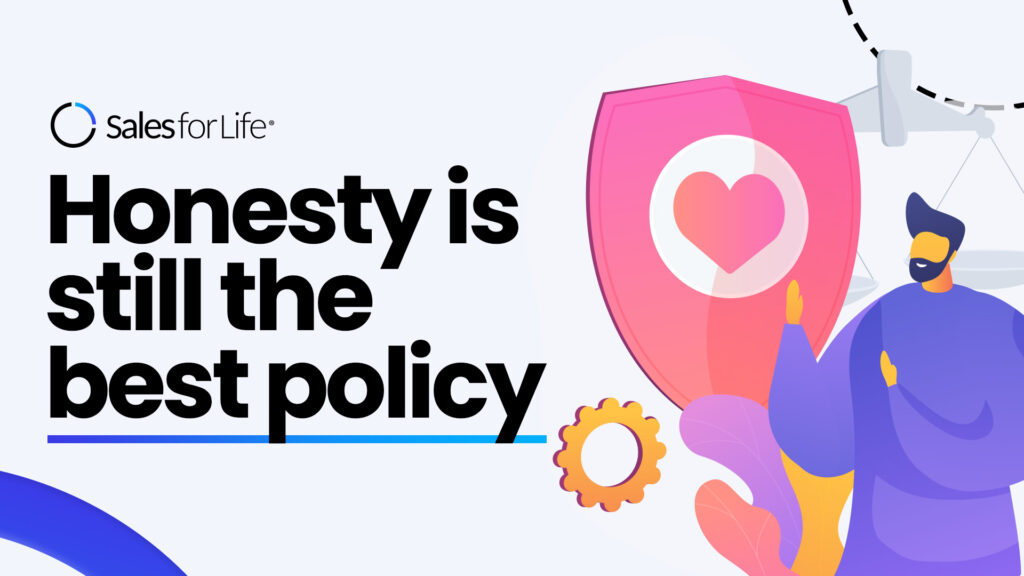Sales professionals have always used storytelling to persuade and inspire. Abraham Lincoln used advertising stories to speak out against slavery with the help of the newspaper. Mary Kay Ash took part in personal development classes through storytelling.
Today, salespeople and other professionals rely on marketing stories for different purposes such as sharing tips, inspiring, or even persuading customers. Mark Zuckerberg has admitted that Facebook was initially built because he wanted people to share their stories.
Have you ever had a salesperson tell you how good a product or service was, and it just left you cold? You’ve heard the story before from another seller — the same features, the same benefits, the same story — and decided to buy from someone else.
I’m not interested in telling you that my product will save your business $10,000 per month. I’d rather show you. This is the mindset you should always have when making your pitch.
How To Craft Stories That Sell
#1: Create a connection powered by relevance

Stories have the ability to create a connection between your audience and what you are trying to sell. It should be based on real-life experiences and not be theoretical or too much in the future.
For example, if you’re selling advertising space for a website, don’t talk about how great it would be to have an unlimited supply of targeted traffic. Tell them what happened when your client ran out of targeted traffic and couldn’t afford to pay their bills.
If you sell medical insurance, tell them about a client who lost her job due to an illness and had no way to pay her medical bills.
If you sell financial services, tell them how you were able to help someone get out of debt or plan for retirement by using those products.
#2: Compel through concrete storytelling

When we tell stories, we’re not just recounting events — we’re building connections. A story is a way of showing the kind of person you are and the values you hold.
When you tell a story, you’re doing more than just sharing an experience — you’re creating an emotional connection with the other person. And when they connect with you, they see themselves in your story and realize that they can relate to it as well.
To make your stories memorable, use concrete details.
In order to make your stories more powerful and compelling, you need to be able to tell them from different angles. That’s why most people have a hard time telling good stories. They can only think about one angle at a time.
But when you understand how stories work on multiple levels, you can change your perspective on any given story and see it from many different angles. This will help you make your stories better and more engaging for your audience.
#3: Honesty is still the best policy

Storytelling is an art form that can be used to connect with your audience, create a sense of community, and prompt them to take action.
The best sales stories are simple, authentic, and memorable. They’re told in a way that feels natural and relatable to the listener.
Stories help you connect with your customers on a deeper level by getting inside their heads and making them feel something genuine — empathy, excitement, or even fear.
But too many salespeople fall into the trap of using canned or trite phrases when they try to tell a story. This makes it harder for listeners to relate to what you’re saying because it doesn’t sound like something they would actually say.
A great way to illustrate concepts or processes is by using examples from your own life or from other people’s lives. For example, if you’re selling software that helps businesses track their inventory, talk about how this software has helped other businesses reduce costs because they didn’t have to ship out extra inventory when they sold out of a particular item. Or if you’re selling an online course on personal finance management, share stories about how people have been able to pay down debt by setting up savings accounts for emergencies and sticking to their budgets.
#4: Tell your story with flair

Storytelling is about more than just telling a tale; it’s about sharing an experience that connects with the audience. And this is how you get customers to buy from you: by making them feel something.
So if you want to be an effective salesman, be an effective storyteller first!
Here are some storytelling techniques that will help you sell like a pro:
- Use vivid details
- Tell stories that reflect your audience’s concerns (and not yours)
- Create characters with whom people can empathize
- Focus on what matters most to your audience
Storytelling is an art form that engages people at an emotional level — it’s not just about facts and figures. It’s about connecting with people as human beings who have problems they want to be solved or desires they want to be fulfilled. When you tell stories in your presentations, you make yourself approachable as a person instead of just another vendor trying to sell something.
Alternatively, use analogies and metaphors to explain complex concepts more clearly.
Conclusion
Storytelling is an ancient art form.
It’s been around for thousands of years and has been used to tell all kinds of stories. The Bible, for example, is full of stories about people’s lives, struggles, and triumphs. Ancient Greek mythology is full of tales about gods and goddesses. And today, we are still telling stories through books, movies, television shows, and more.
But storytelling isn’t just for entertainment purposes — it can be a powerful tool in business as well. If you haven’t already realized this, then you need to start incorporating storytelling into your sales process immediately!


